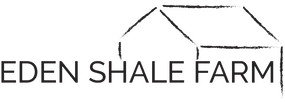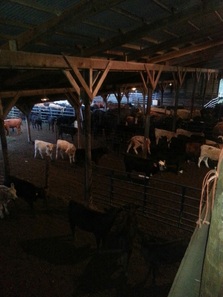 We weaned the rest of our calves at ESF this week. We had already weaned a group of 22 of the older calves back in May. This week we weaned the rest of the calves that were still on the cow. There were 78 head of these calves. As they came through the chute they got weighed, dewormed, fly tags cut out, and the steers got implanted. As a group they averaged #450 lbs. Here are some of the mommas wondering where their babies went. We had good help which made the work go smoothly. Myself, Becky, and Brandy as well as Dave came from the office and Ron Shrout (a KBN Facilitator) was there to help us with the head chute. As usual Greg had the chore of keeping the tub full so we could keep working. We had just the right number of people to make everything run efficiently. We also pregnancy checked all the cows that day by pulling blood from the tail. This was the second time that I have pulled blood from the tail, and it was so much easier after getting experience with 80 head last year. Dave helped pull blood on some of them and it was nice to get a break after doing several in a row. We send the blood to Gold Standard Labs in Bowling Green to get tested and we usually have results the next day. This year we had 10 head open. This is a really easy and efficient way to pregnancy check your cows. It only cost a couple of bucks a head to have the test run and it is highly accurate. Afterwards, the calves were less worried about their mommas and more worried about the feed truck that just pulled up. It didn't take long and they were all at the trough eating. It was another good day at Eden Shale Farm.
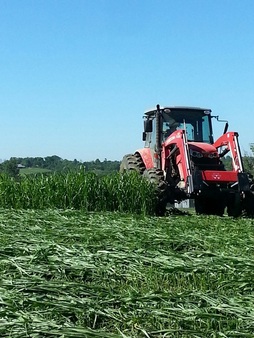 We have now made our last cutting (3rd) of sudan grass and baled it for haylage. This area is in the process of being renovated from KY 31 fescue to BarOptima PLUS E34 fescue. The renovation included killing out the existing stand of KY 31 fescue and using a winter and summer annual to smother out any remaining fescue. Now that two smother crops have been used we are ready to plant the BarOptima. This sudan grass was a Hi-Gest Hayking variety that we liked very well. We cut it when it was around pocket height before the stems became too large. We did wrap all of it because without a mower/conditioner or a tedder it was too hard to dry the stalks down to make dry hay. This sudan grass did make good quality hay. The tests averaged 8.0 Crude Protein and had a Relative Feed Value (RFV) of 90. The sudan grass was harvested 30 days after planting, then 24 days later made the second cutting, and then 31 days after that made the third cutting. It did get 50 lbs of nitrogen after each cutting. This field was 25 acres and we rolled a total of 62 bales that averaged around 1,800 to 2,000 lbs. It was a good quality, high production hay crop that performed well during the hot period of the summer. 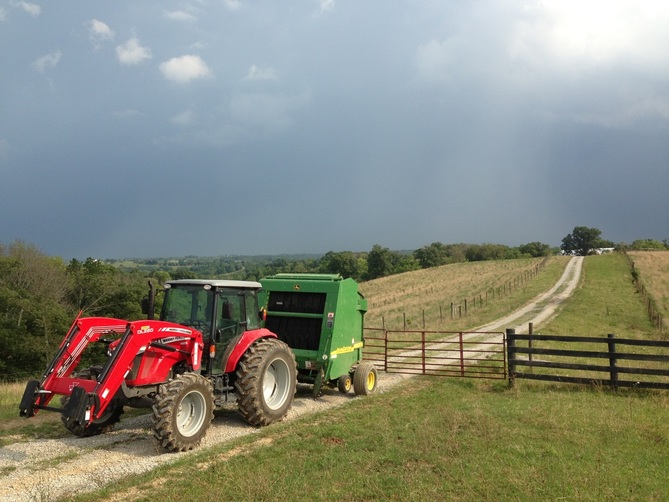 We used a cone spreader to put the nitrogen down since we were applying such a small rate. I barely got the third cutting baled before a nasty thunderstorm unleashed on the farm. We used a wrapper from Southern States instead of purchasing our own. These things work really well once you get past the learning curve. Including renting the wrapper and buying the plastic it cost us about $5.00 a roll to wrap hay, but this should make some good quality feed for our cattle this winter. |
Archives
June 2024
Categories
All
Welcome |
CONTACT US |
EMAIL SIGN UP |
|
Eden Shale Farm
245 Eden Shale Rd. Office: (859) 278-0899 Owenton, KY 40359 Fax: (859) 260-2060 © 2021 Kentucky Beef Network, LLC.. All rights reserved.
|
Receive our blog updates
|

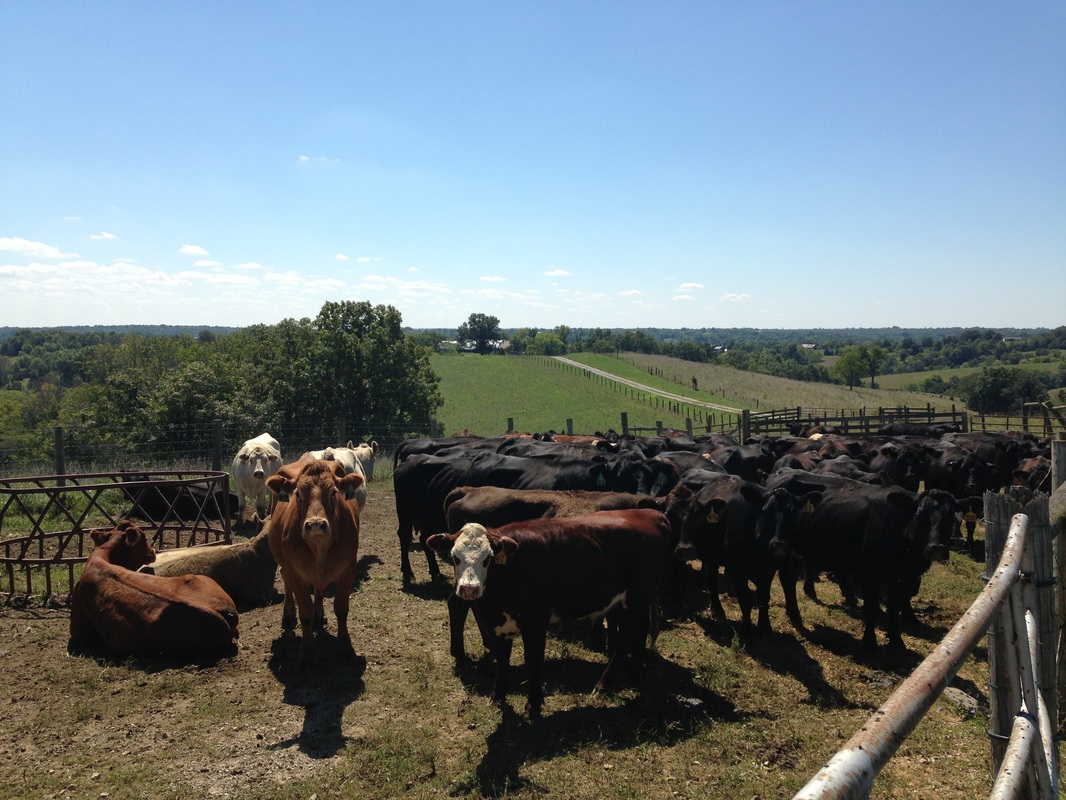
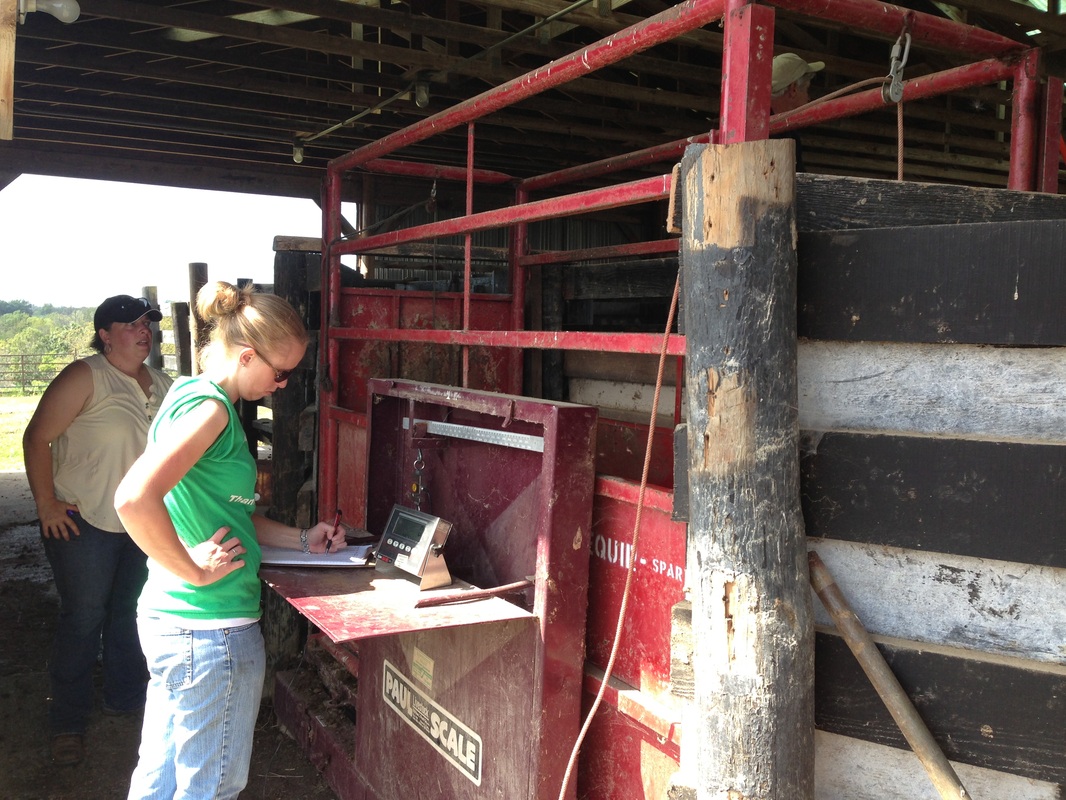
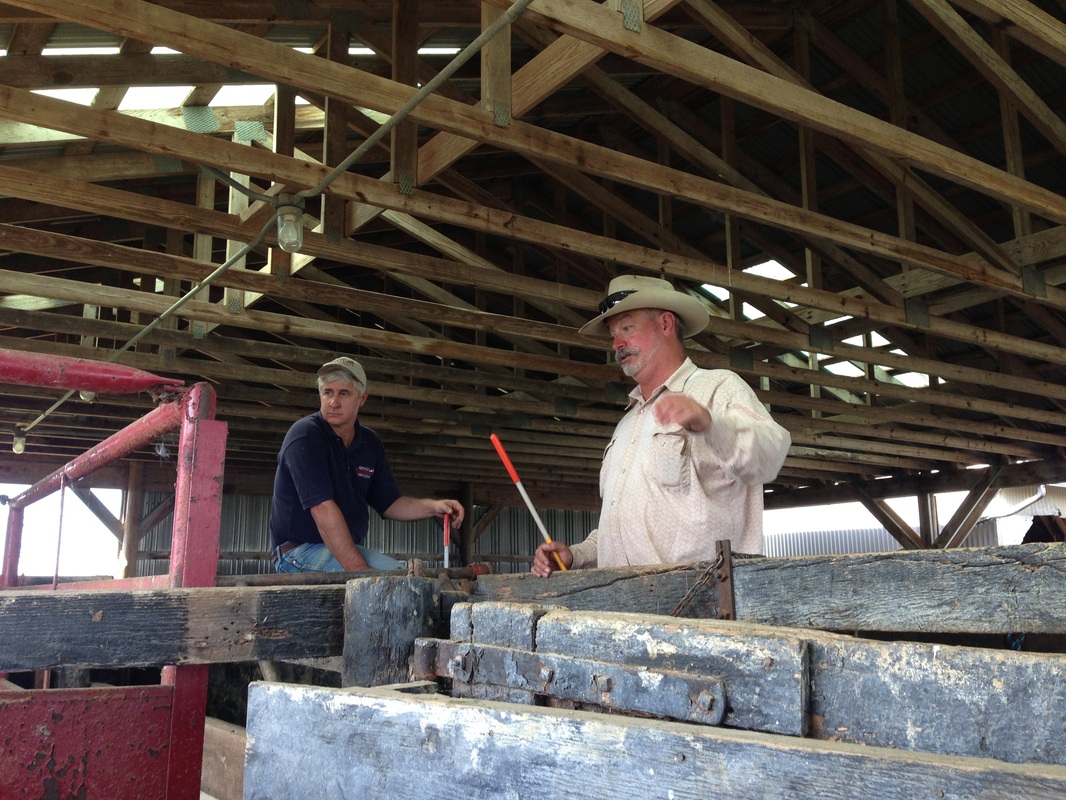
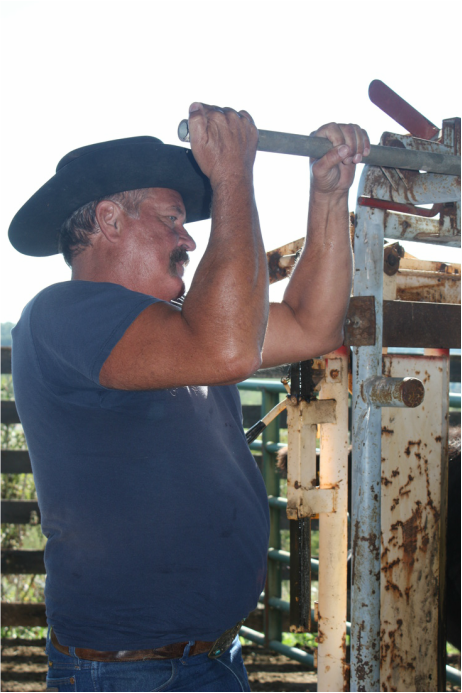
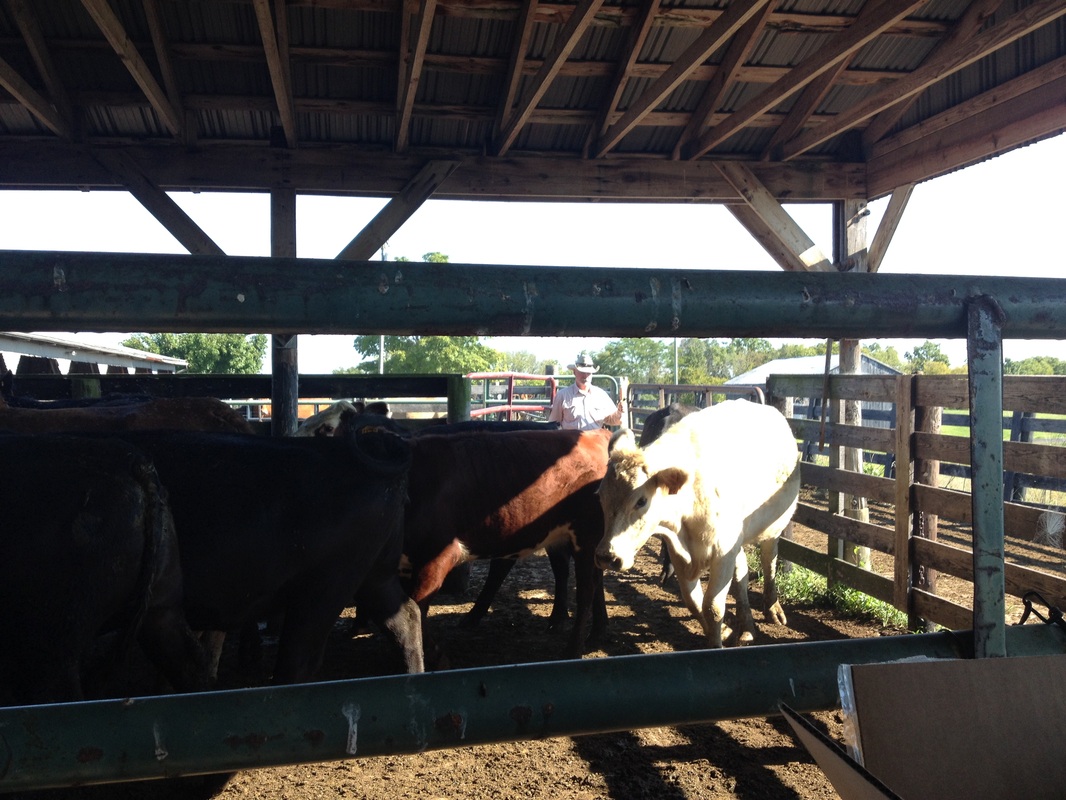
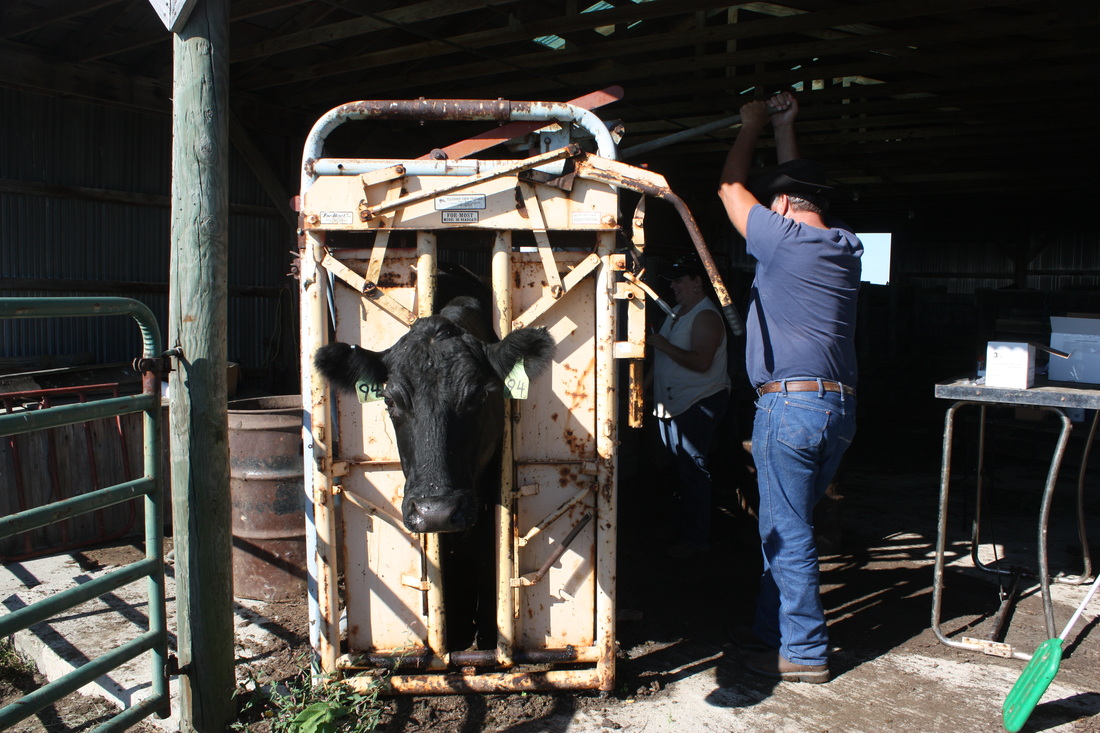
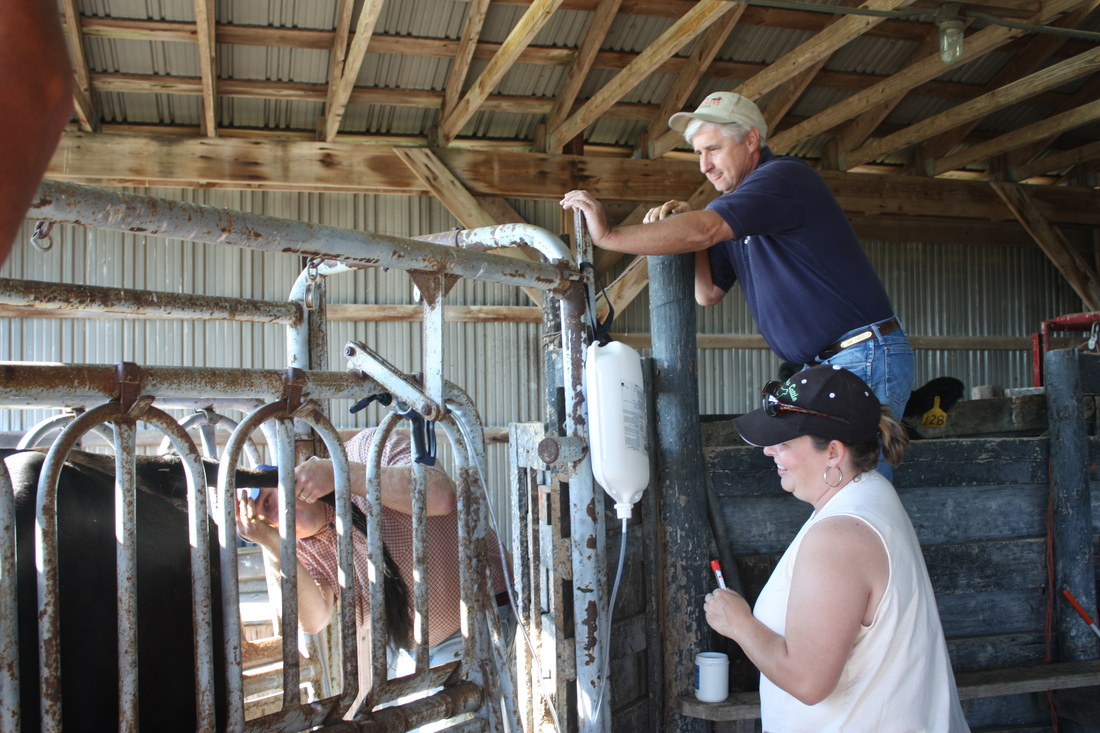
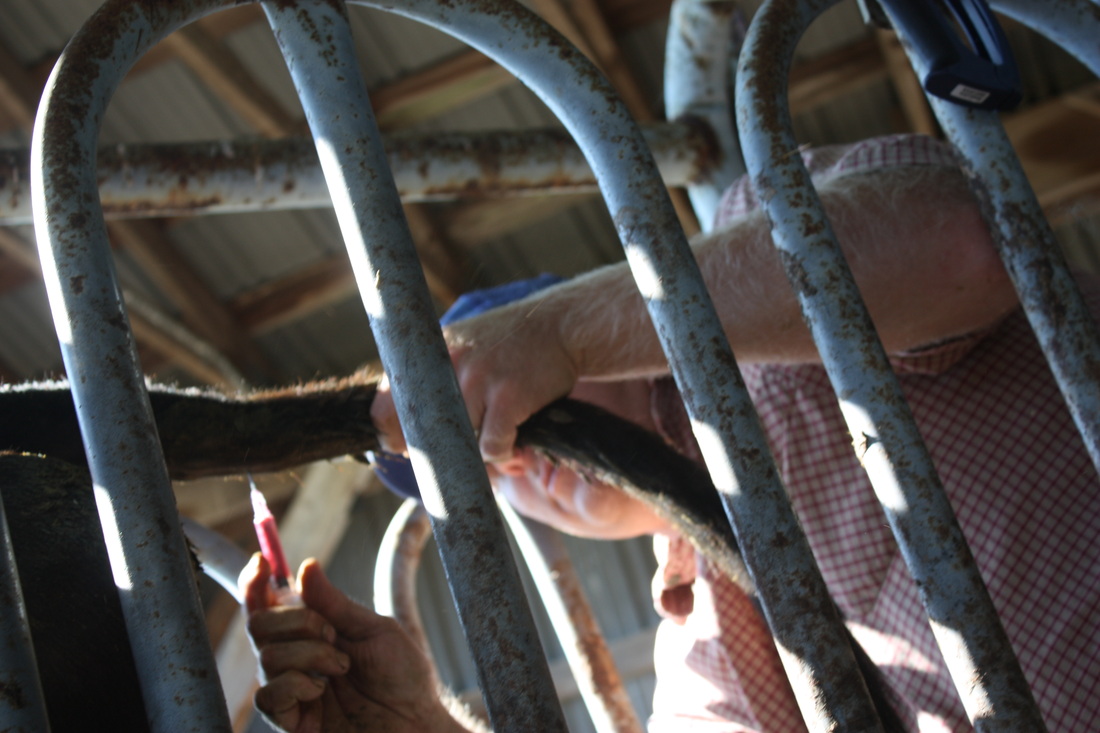
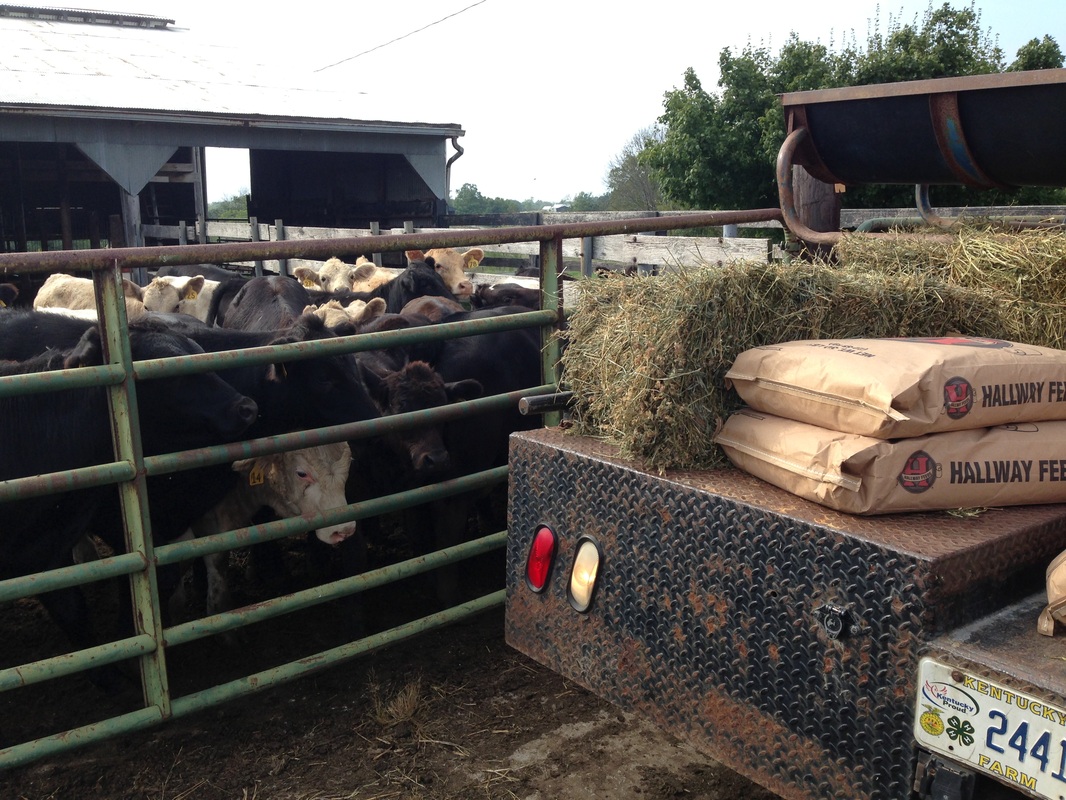
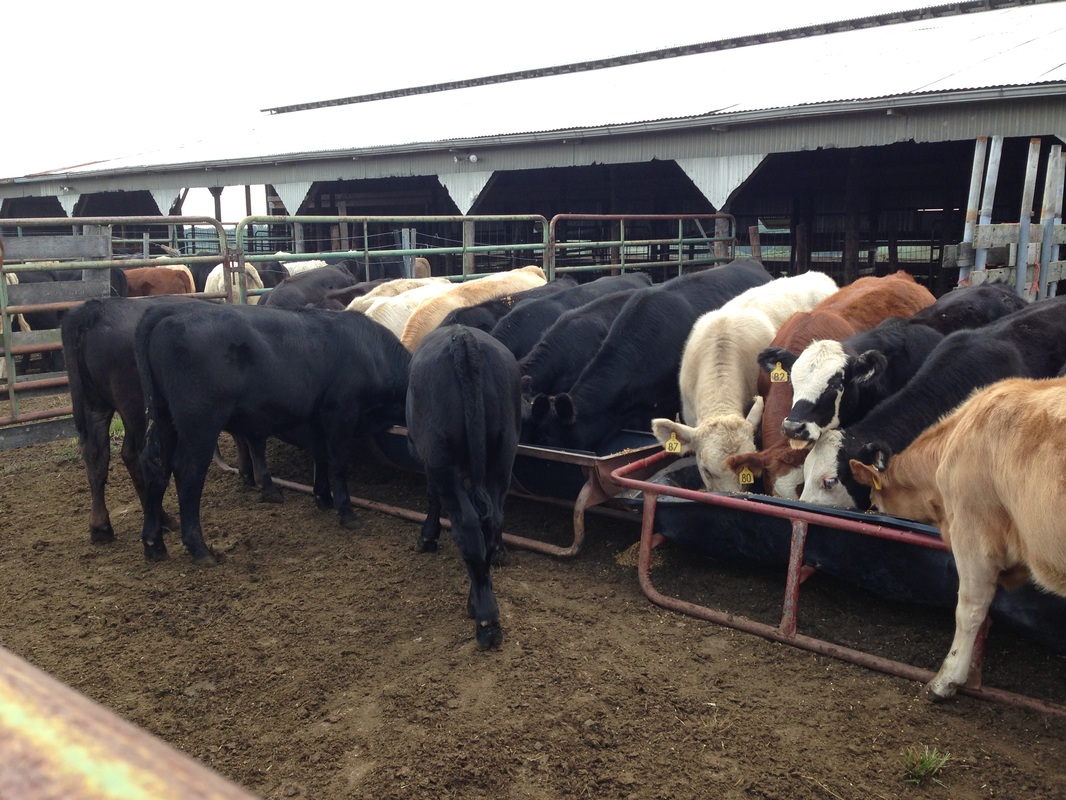
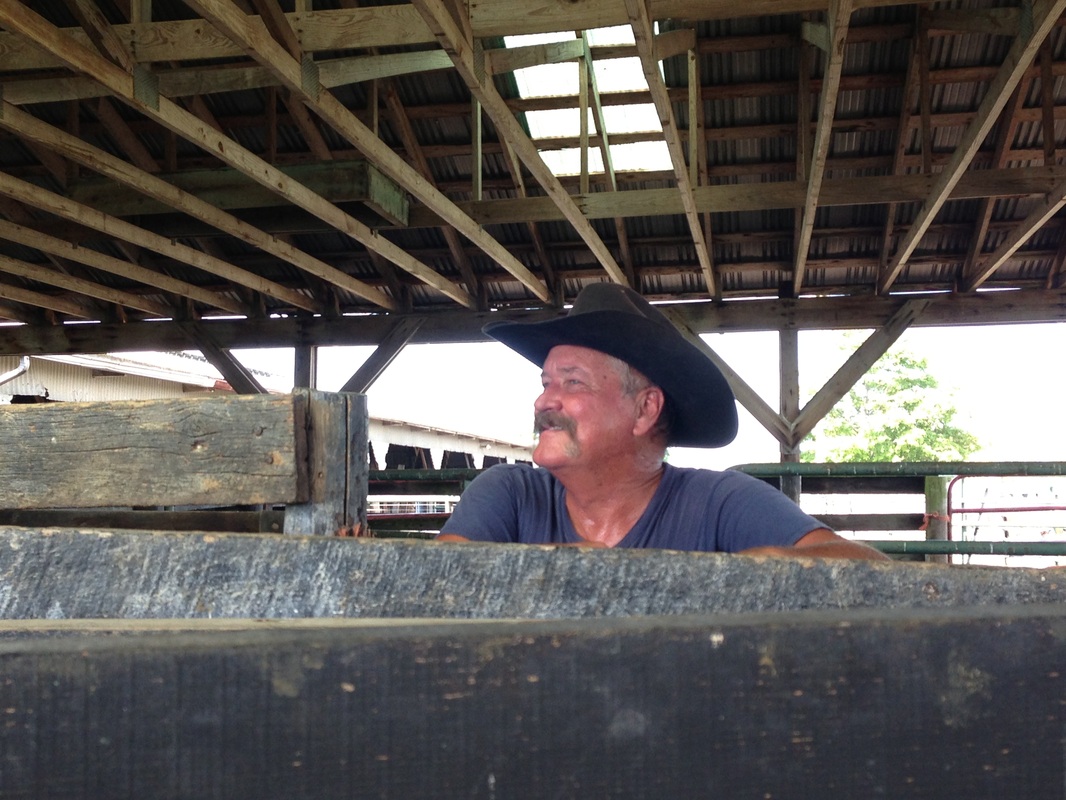
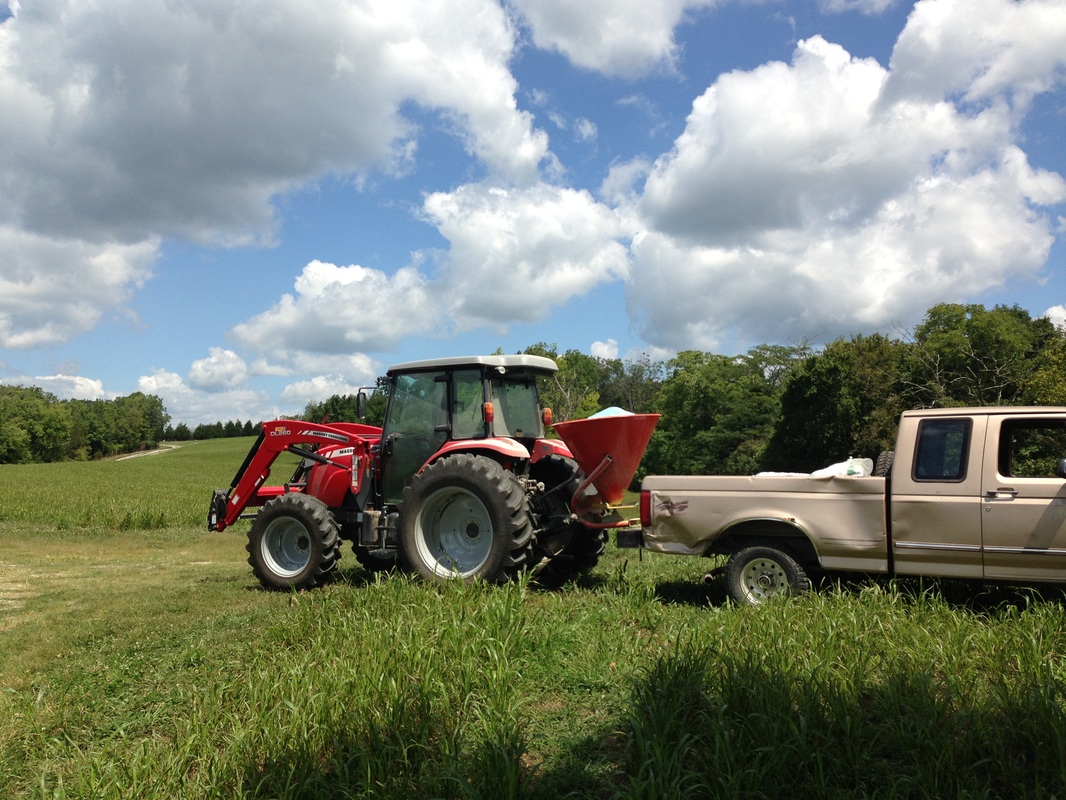
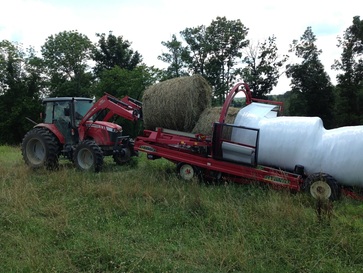
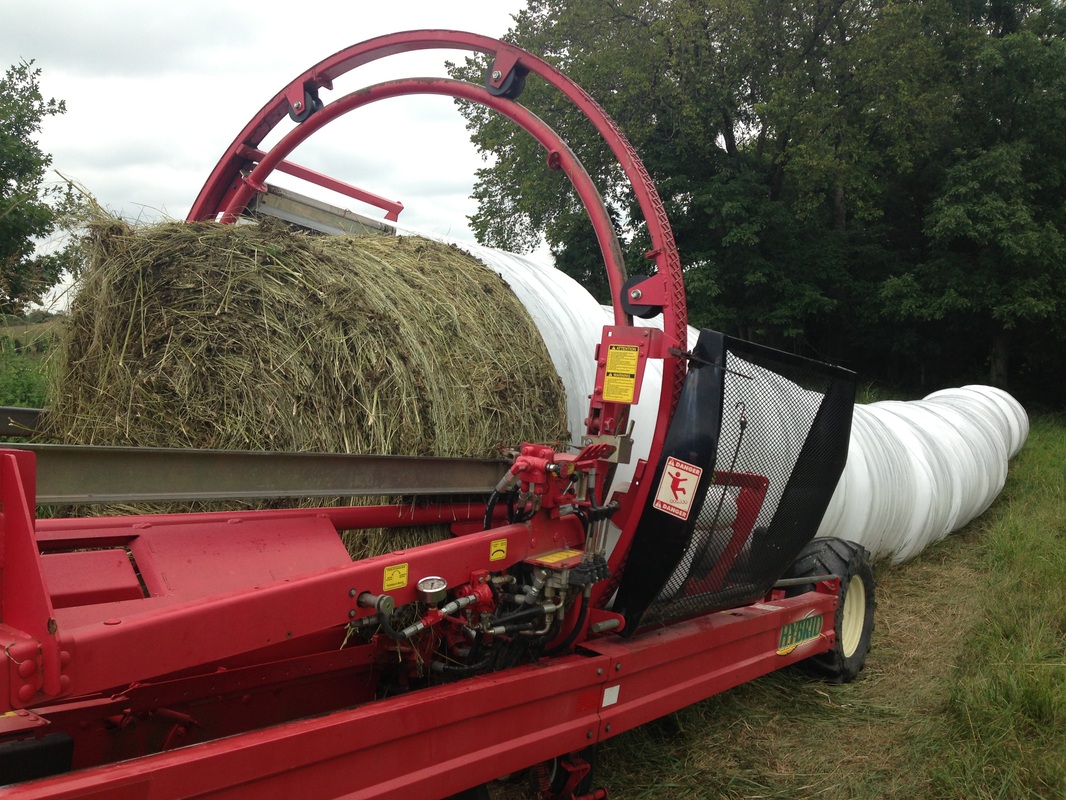
 RSS Feed
RSS Feed
